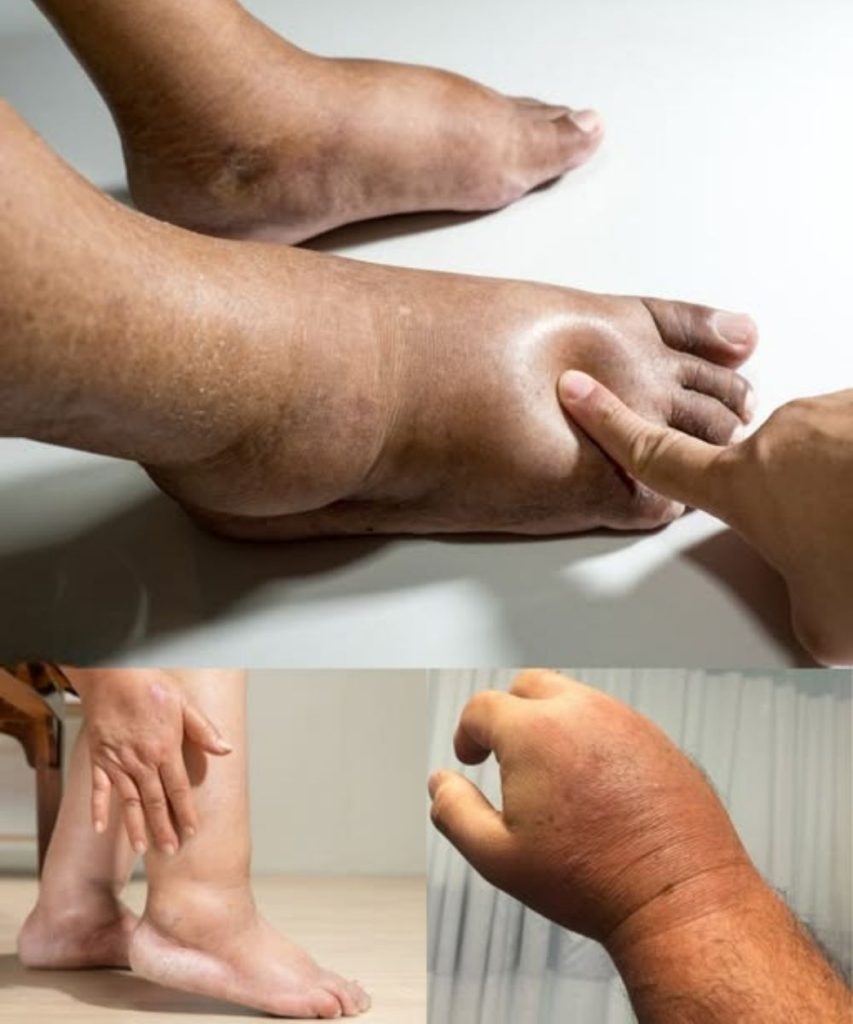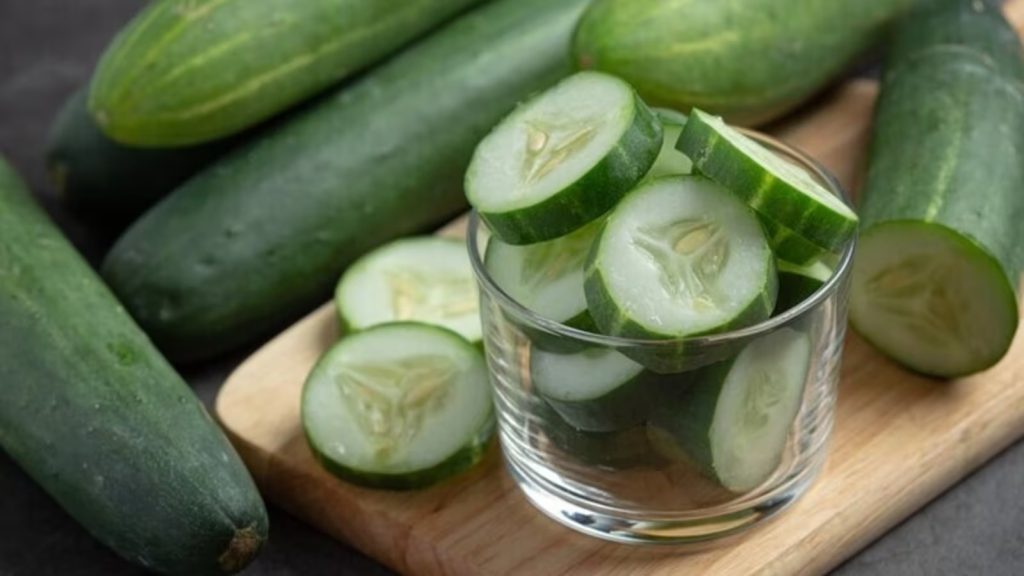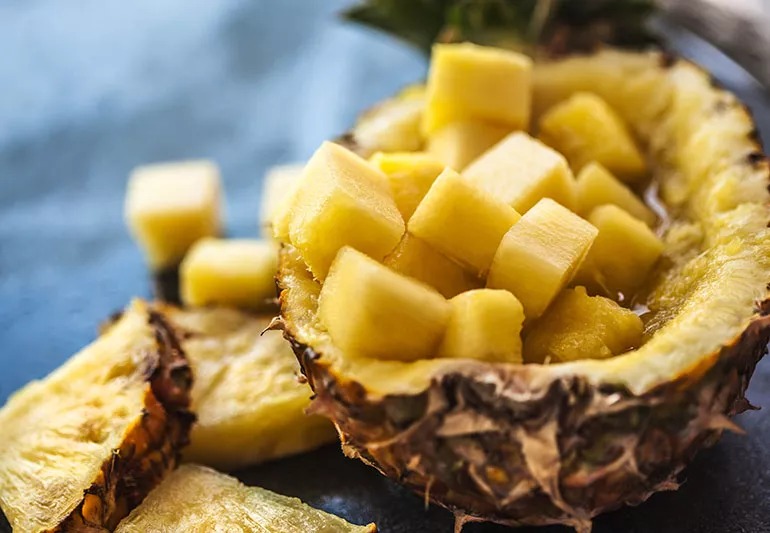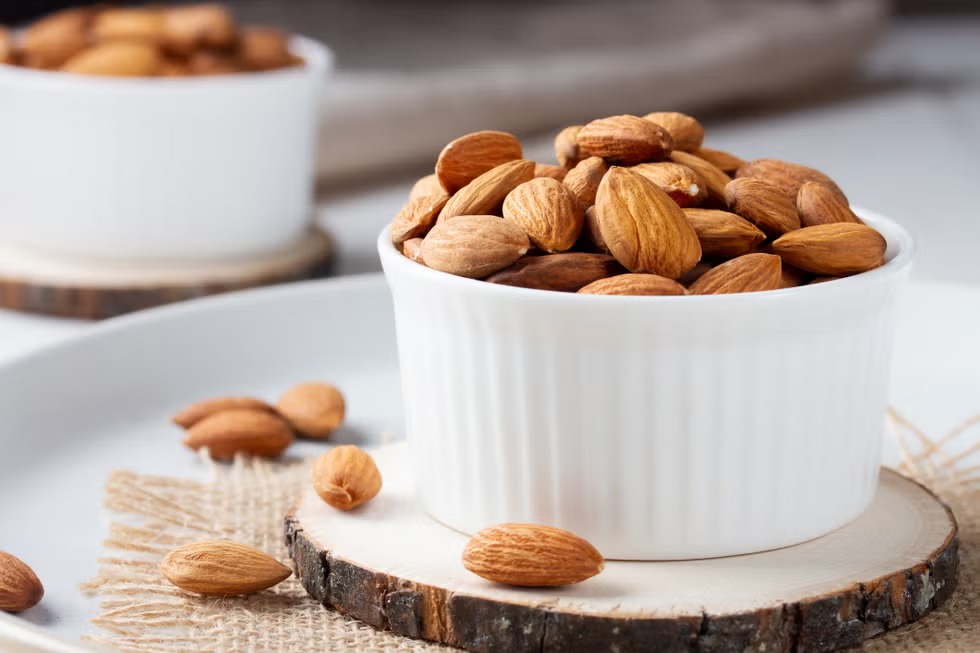
Swelling in the hands or feet is often linked to fluid retention, inflammation, or poor circulation. While in some cases it may signal an underlying medical condition that requires professional attention, many instances of swelling can be eased through simple lifestyle and dietary changes.
Certain foods are naturally rich in vitamins, minerals, and antioxidants that promote circulation, support fluid balance, and reduce inflammation. Here are nine of the best foods to include in your daily meals to help ease swelling.
1. Bananas
Bananas are an excellent source of potassium, a key mineral for regulating fluid balance. Low potassium levels cause the body to hold on to sodium, leading to water retention and puffiness. Eating a banana a day—or adding other potassium-rich foods like avocados or oranges—can help flush out excess sodium and encourage healthy circulation.
2. Cucumbers

Made up of more than 90% water, cucumbers are ideal for hydration. They also provide silica and antioxidants that support connective tissue health. Since dehydration often triggers swelling, adding cucumbers to salads, smoothies, or infused water can keep you hydrated and reduce puffiness in your hands and feet.
3. Watermelon
Watermelon not only hydrates but also acts as a natural diuretic, helping the body release excess fluid. It’s rich in vitamins A and C as well as lycopene, a powerful antioxidant that fights inflammation. Eating watermelon in hot weather or after standing for long hours is particularly refreshing and effective.
4. Leafy Greens
Spinach, kale, and Swiss chard deliver magnesium and potassium—two minerals that regulate fluids and support circulation. Magnesium also relaxes blood vessels, making leafy greens especially beneficial. Their naturally low sodium content makes them ideal for anyone prone to swelling from salt sensitivity.
5. Berries
Blueberries, strawberries, and raspberries are packed with anthocyanins—antioxidants that strengthen blood vessels, improve circulation, and fight inflammation. A handful of fresh berries at breakfast is a simple and delicious way to support vascular health and reduce swelling.
6. Pineapple

Pineapple contains bromelain, an enzyme well known for reducing inflammation and improving blood flow. Athletes often use pineapple to manage swelling after injuries, but it also helps with everyday puffiness caused by poor circulation. Fresh pineapple or pineapple juice are both effective options.
7. Celery
Celery has mild diuretic properties that help the body eliminate excess sodium and water. Its high fiber content also supports digestion and helps prevent bloating. Adding celery to snacks or juicing it is a simple way to reduce water retention naturally.
8. Ginger and Turmeric
These two spices are powerful anti-inflammatories. Both improve circulation, ease stiffness, and reduce swelling. Ginger can be added to tea, while turmeric works well in soups, curries, or smoothies. Consistent use brings cumulative benefits.
9. Nuts and Seeds

Almonds, walnuts, sunflower seeds, and pumpkin seeds provide healthy fats, magnesium, and vitamin E—all of which support blood flow and reduce inflammation. A small handful daily can significantly benefit vascular health and help manage swelling.
Conclusion
Swollen hands and feet can be uncomfortable, but the right foods may offer natural relief. Potassium-rich fruits, hydrating vegetables, anti-inflammatory spices, and circulation-friendly nuts all help the body regulate fluids and reduce puffiness.
If swelling is sudden, severe, or persistent, it’s important to seek medical advice, as it may signal an underlying condition. Still, making these nutrient-rich foods part of your diet is a safe and effective way to support circulation and keep swelling in check.